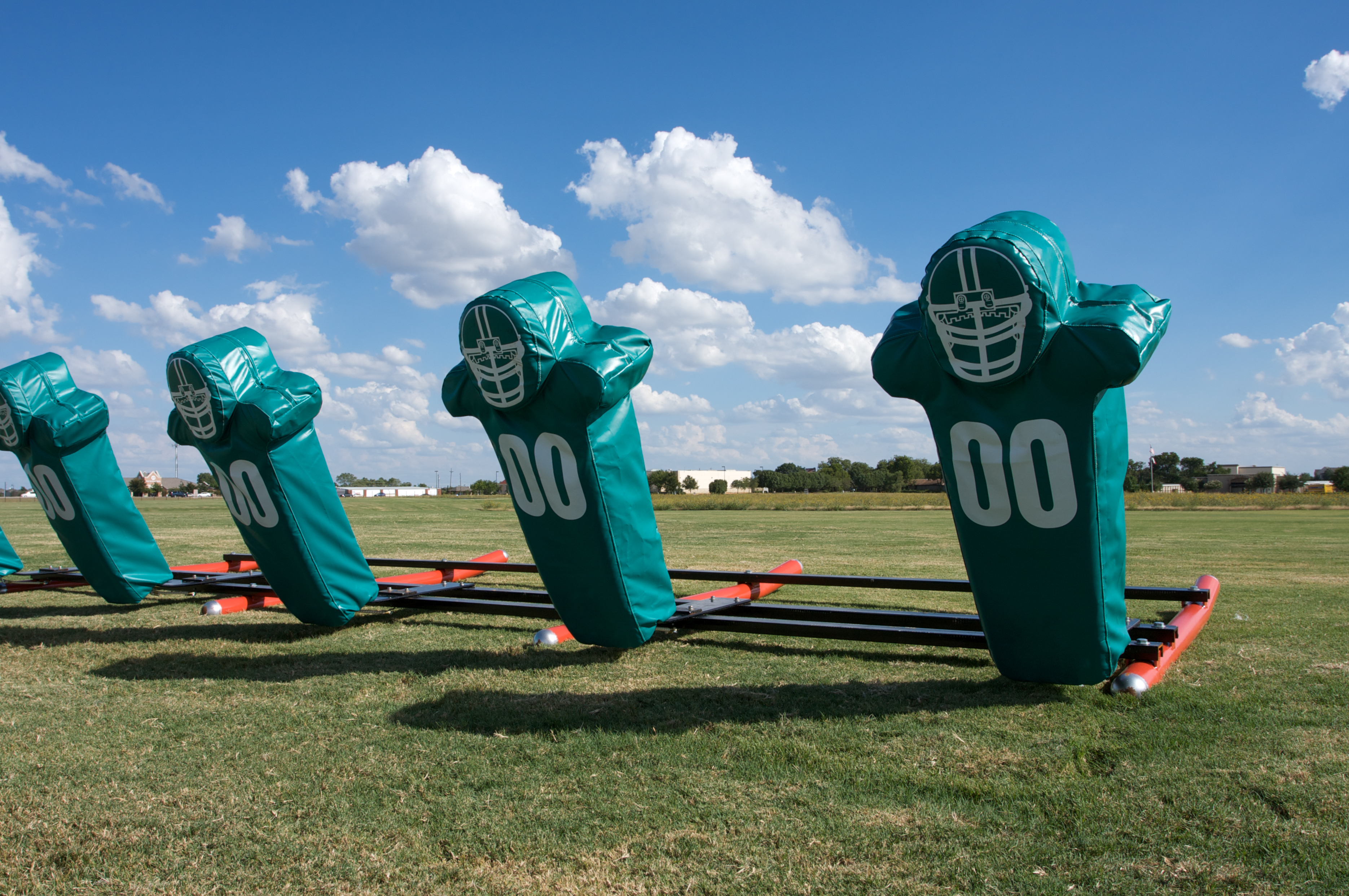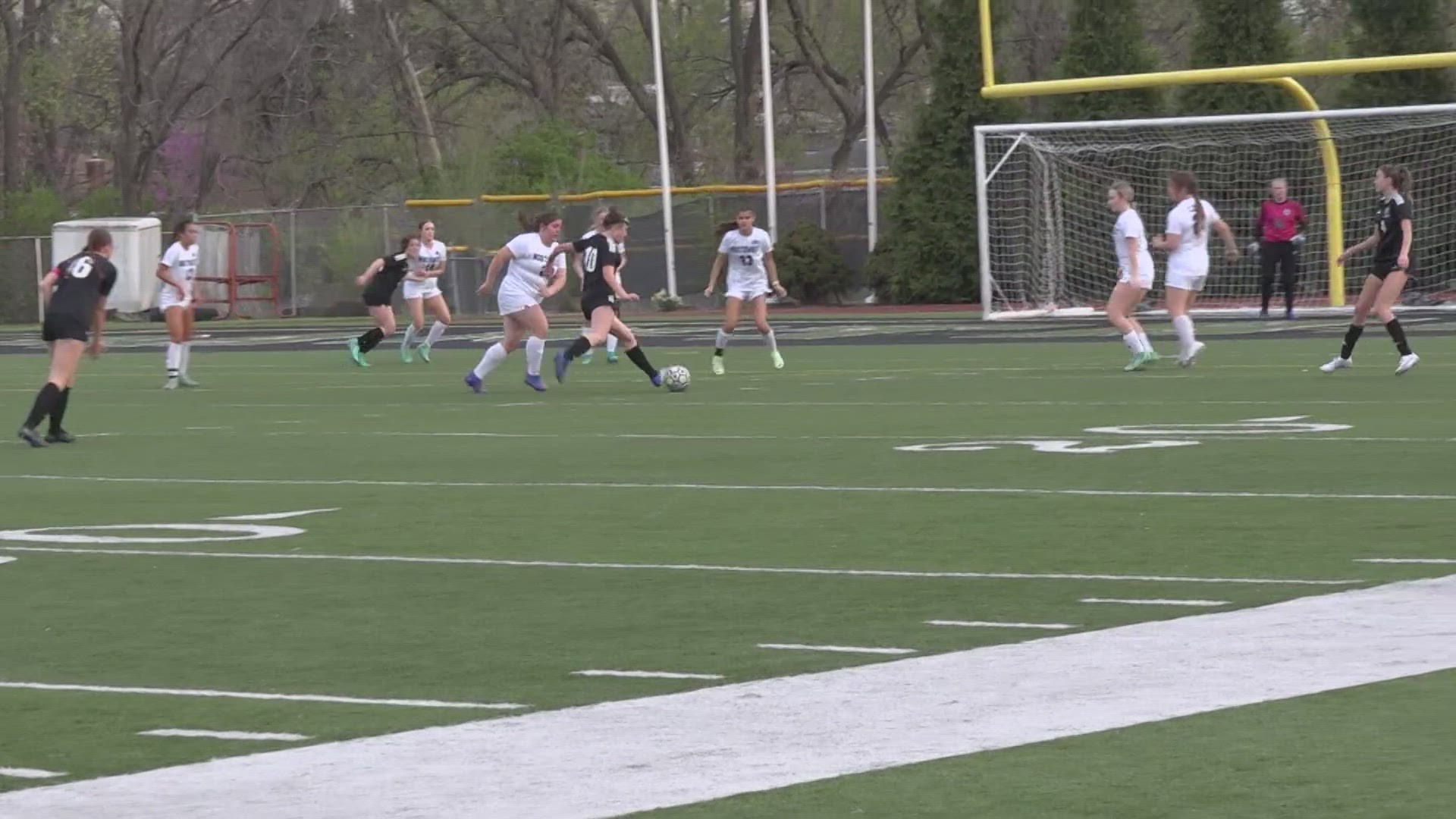ST. LOUIS — Athletic trainers in St. Louis are continuing to train for emergent situations as a number of high school football players across the country continue to die each year.
According to the National Center For Catastrophic Sport Injury Research, there have been 35 direct deaths from football since 2010; there have been at least 61 if you count in-direct deaths from causes such as heat stroke. In fact, 2017 claimed at least two high school football players: Kamari McGowan of Fairburn, Georgia, and Everson Guild of Grand Ledge, Michigan.
And the deaths are almost always teenagers. Why? Unlike college or pro teams, just 37 percent of public high schools across the country have full-time athletic trainers, according to the National Athletic Trainer’s Association.
Jason Muchow is the director of sports medicine at Mercy Hospital. He believes every high school should have a full-time athletic trainer on staff.
“I think it’s direly important for the safety of their student athletes,” he said. “If something were to happen, we’re the first responders before the first responders show up.”
Athletic trainers from Mercy Hospital are deployed at 16 area high schools each football season. Every year they gather to re-hash their training the week before football practice starts. This week they met at Parkway West High School where the focus was the treatment of head injuries and heat illness. Even area EMS joined the training session.
“Because we’ve had unfortunate situations across the country, where we’ve had these spinal cord injuries, it’s created a constant training,” said Deputy Chief Brad Shelton of the Metro West Fire District.
Although it’s rare for schools to be without an athletic trainer in the St. Louis metro, many other schools, especially some in rural areas, struggle to find the resources to afford a full-time athletic trainer. Muchow believes schools need to find a way to have someone trained at every game and practice in case an emergency arises.
“You state you can’t afford one, but at the same time that potential liability you’re taking on by not bringing a medical professional on site … greatly increases that liability,” he said. “It’s just as important to have that athletic trainer available during practices because most injuries will happen during practices versus games.”
Depending on the situation, it only takes temperatures in the 80s to induce a heat illness, which is the number one cause of death among high school athletes.
What can a school do if there’s little to no budget for an athletic trainer?
- The CDC has a safety checklist for schools
- The NFL has a new athletic trainer grant that is open to Illinois high schools
- Provide someone already on staff with EMT training


